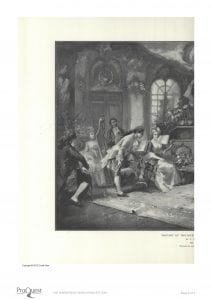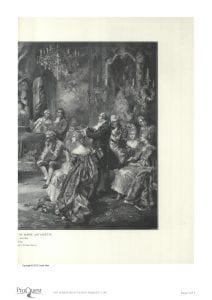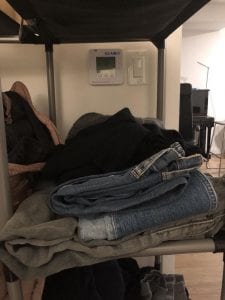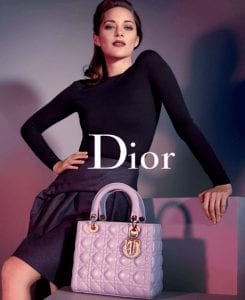
Date: 1972-1974
Context: Photograph of my mom and grandma in South Korea during the early 1970s wearing pink garments.
Explanation for my choice: I chose this image because I found it interesting how the silhouette and style of garments I am studying was apparent not only to the western culture but also within the eastern culture. The garments worn in the image are not only interesting to explore due to its origin of influence (France), but also because it is reminiscent of Jeanne Lanvin’s notable collections of garments designed to be worn as a set by the mother and daughter. Additionally, the garments worn by my mom and my grandma more than 40 years ago does not seem outdated even today, which explores the concept of cyclical fashion which is a topic I have always been interested. Furthermore, because it is a family photo, it has greater significance and originality thus making it more meaningful and interesting to explore.
Relationship to my design work: There are no direct correlations with my personal work and the garments worn in the image shown above. However, through learning about Jeanne Lanvin (the idea of clothing created to be worn together) and the shifts in the female garments over the last 100 years due to various designers helped me gain interest in the changes in the fashion styles and garments through the liberation of female body. Therefore, the styles of the garments within this image will definitely become an influence for my upcoming designs.

Date: 1955
Designer: Chanel
Image: Vogue Illustration of Chanel-red redingote from volume 125, issue 1, page 119.
Explanation for my choice: I like the design of the garment, and the modern chic aura it gives of within the picture.
Relationship to my design: The idea of modern chic and cold vibe is the style of design I have always been trying to incorporate into my design, and as every aspect of the garment reflects modern chicness, the garment pin points the desired outlook of my past and current designs.


Date: Painting painted (1890-1900s) Image published on 1906
Artist: V. de Paredes Mezzotint
Image: Vogue Illustration of Mozart at the Court of Marie Antoinette from volume 28, issue 2, page 36-37.
Explanation for my choice: I like how the image not only depicts the type of attire necessary to enjoy leisurely times during Marie Antoinette’s time period, but also the atmosphere that creates a setting for where these luxurious garments should be worn. The garments not only inform us about the strict dressing of both men and women to achieve the desired outlook, but also reflects on their lifestyles as royals and nobles.
Relationship to my design: These garments depicted above in the painting by Mezzotint does not reflect on my personal designs. However, exploring garments from this time period and of those depicted on the painting will influence the future garments that I will design.







